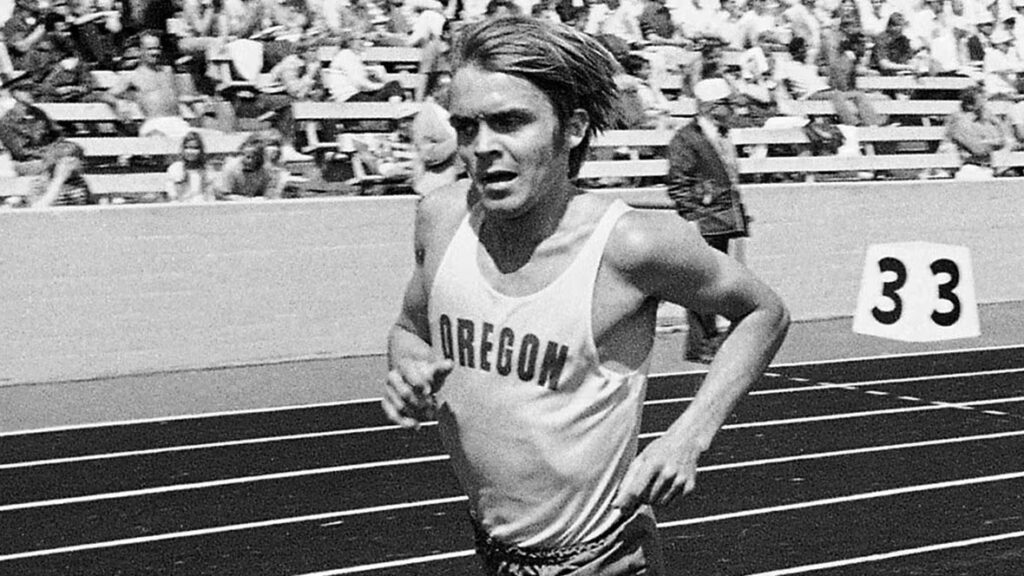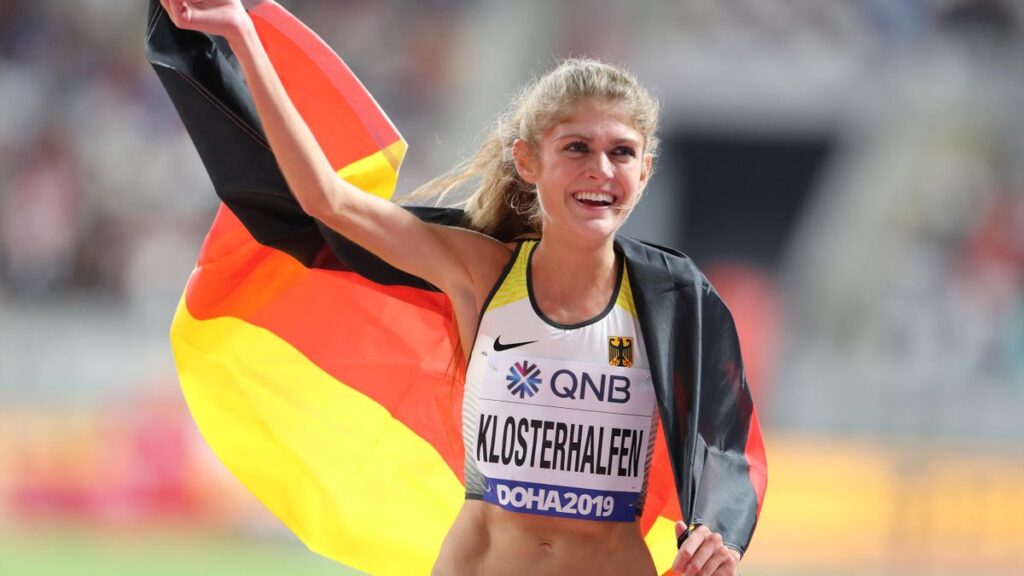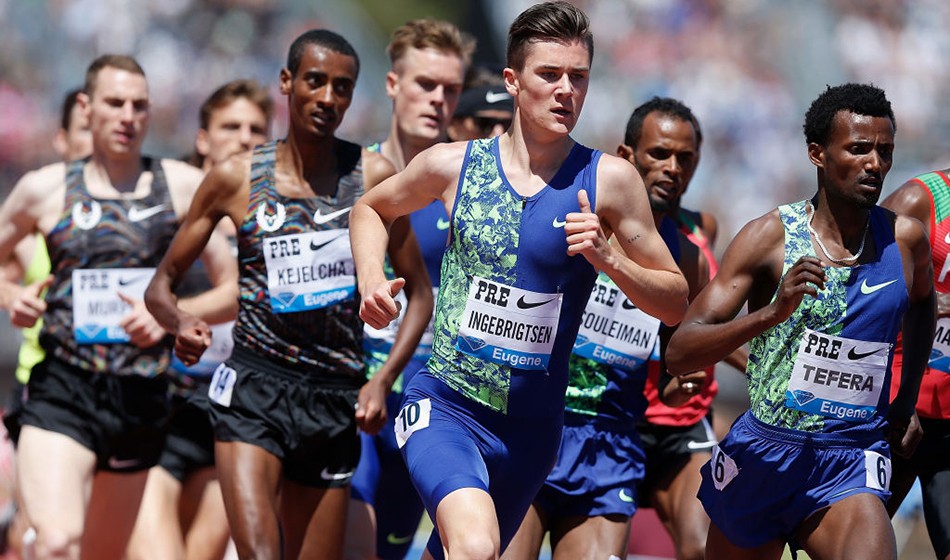As the Prefontaine Classic marks its 50th anniversary this week, it remains not just a tribute meet but one of track and field’s most storied stages.
Born out of tragedy following the untimely death of American running icon Steve Prefontaine in 1975, the event has blossomed into the most prestigious annual track meet on U.S. soil and a fixture on the international Diamond League circuit.

This year’s milestone edition, set for July 5 at the famed Hayward Field in Eugene, Oregon, will gather nearly 300 athletes from over 40 nations, including 98 Olympic or Paralympic medalists, 48 gold medalists, and 14 world record-holders, in a meet that has consistently delivered unforgettable moments over five decades.
A Legacy of Historic Performances
In its half-century history, the Prefontaine Classic has served up a long list of iconic moments. One of the meet’s most defining performances came on May 27, 2001, when 18-year-old Alan Webb shattered Jim Ryun’s 36-year-old U.S. high school mile record.
Lining up alongside world record-holder Hicham El Guerrouj and Olympic medalist Bernard Lagat, Webb clocked an astonishing 3:53.43. Though El Guerrouj won the race with a blistering 3:49.92, the fastest mile ever on American soil, all eyes were fixed on the young American’s fearless final lap.
Another legend to leave an indelible mark on the meet was Mozambique’s Maria Mutola. Starting in 1991 as a high school senior, Mutola went on to dominate the women’s 800 meters, amassing 16 consecutive wins at the Pre Classic before retiring in 2008. Her consistency and charisma made her a fan favorite and earned her the honor of having her No. 1 bib number retired.
Ingebrigtsen and Chebet Redefine Excellence

Recent editions of the Pre Classic have produced performances every bit as memorable. In 2023, Norwegian phenom Jakob Ingebrigtsen thrilled the Hayward Field crowd during the Diamond League final by winning both the Bowerman Mile in 3:43.73, the third-fastest time in history, and the 3,000 meters in a razor-thin 7:23.63 victory over Yomif Kejelcha.
In 2024, it was Kenya’s Beatrice Chebet who made history in Eugene, storming to a world record 28:54.14 in the women’s 10,000 meters, the first time a woman broke the 29-minute barrier.
Chebet’s record-breaking feat dethroned favorite Gudaf Tsegay, who herself set the 5,000-meter world record at the Pre Classic the year before. Chebet’s triumph not only secured her Olympic qualification but also served as a prelude to her double gold-medal haul in Paris.
Photo Finishes, Record Breakers, and Shot Put Showdowns
The Pre Classic has consistently delivered high drama. In 2000, a thrilling women’s 1,500-meter duel saw Romania’s Gabriela Szabo edge Suzy Favor Hamilton by a mere 0.06 seconds in a meet record time of 4:00.73. Szabo’s win preserved her two-year unbeaten streak in a race that had fans on their feet.

The meet’s appeal isn’t confined to the track. In 2002, the men’s shot put stole the spotlight when Americans Kevin Toth, Adam Nelson, and John Godina each exceeded 71 feet, with Toth setting a then-meet record of 72 feet, 9¼ inches. The fierce competition rebranded Hayward Field as “Shot Put Town” for the day.
A Meet Worthy of Its Name
Longtime meet director Tom Jordan, who retired in 2022, often summed up the meet’s ambition simply.
“To have a meet worthy of the name,” he said as quoted by The Register Guard.
And it’s a standard the Prefontaine Classic has consistently lived up to.
From Mary Decker Slaney’s world record 5,000-meter run in 1982 to the inaugural meet’s thrilling sprints between Don Quarrie and Steve Williams in 1975, every era of the Pre Classic has added to its rich tapestry of moments.
As the meet turns 50, its enduring allure is clear, a celebration of competition, legacy, and the relentless pursuit of excellence. And in true Prefontaine spirit, this year’s edition promises to be yet another chapter in one of track and field’s most remarkable stories.


